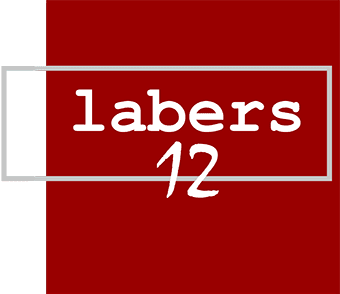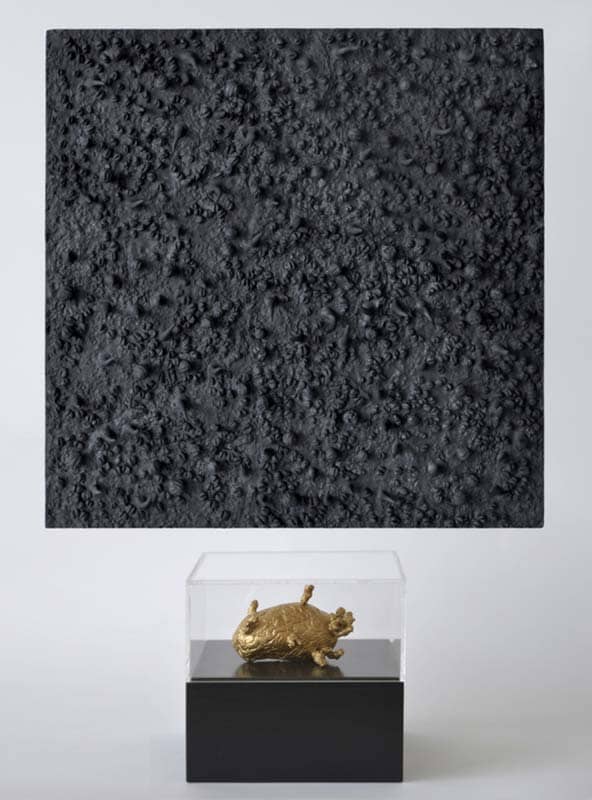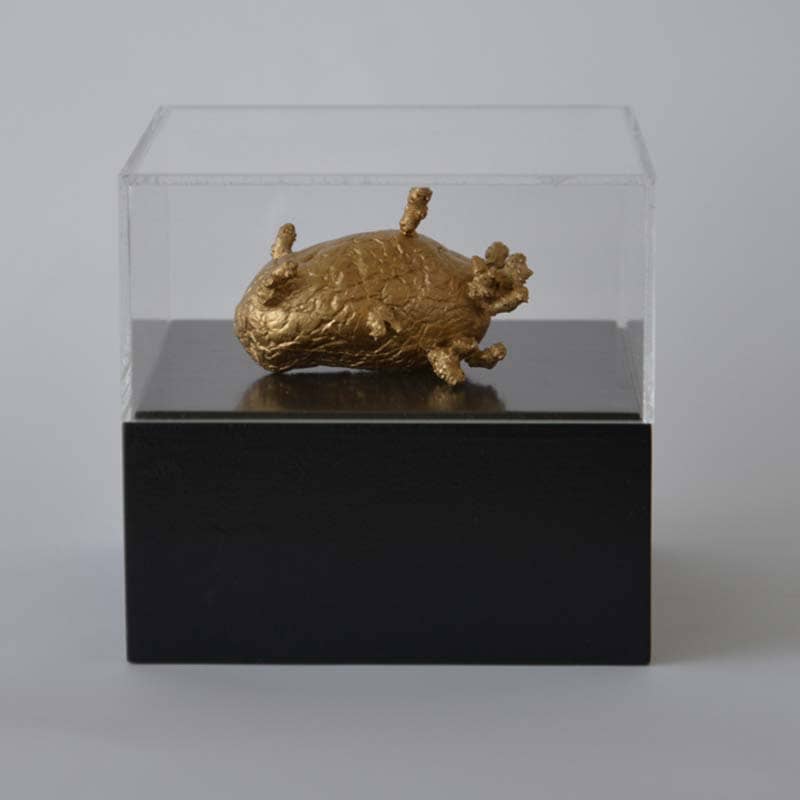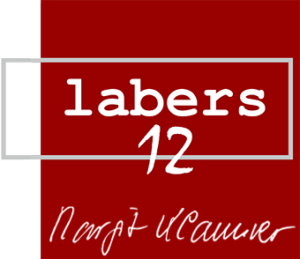Eardepfel – The Gold of the Little Man
2018 – Museum Castel Brunnenburg, Tirolo
The Gold of the Little Man
The potatoes of the Incas, the papas, were not only used for food, but, like gold, had cultic, cultural and religious significance, but no commercial value. The Incas called the gold “sweat pearls of the sun”.
Potato or gold. . . one is life-sustaining the other valuable. A cross-border guiding principle linked to the question: how do we want to live and what are our values?
Since art is free from fear of contact and can therefore establish relationships between different things, it makes it possible to network things that are spatially and mentally separated, as well as science, art and business. Because nothing stands for itself and always something else is the reason for an action. In the intermediate area there is then that magic which is not recognizable with naked eyes. A picture from the scanning electron microscope shows the leaf of a potato. It becomes a scientific tool. Diving into the microcosm, enlarging the invisible into the oversized, questioning perspectives and viewpoints. Science provides insight. Nature becomes art and art becomes a natural action. For art is always creation, a primordial concept, inexplicable like life, indefinable and pointless, yet rigid structures dissolve and allow new forms of experience. A macrocosm emerges that unfolds in every direction, abstract, three-dimensional. A certain color chosen, all at the same time and none at the same time. Black. A quest for purity, a return to zero. In the enlargement of the invisible, formally fine hairs become weapons, glandular cells become fists, slit openings become scouts, as if the leaf had to contribute to the defense of the fruit hidden in the earth. Appreciation.
Isn’t the mysterious, the unexplainable the most beautiful thing to experience?
- Wall object: made of burnt earth 60x60cm and gilded cast of a potato in display case 15×15 cm




